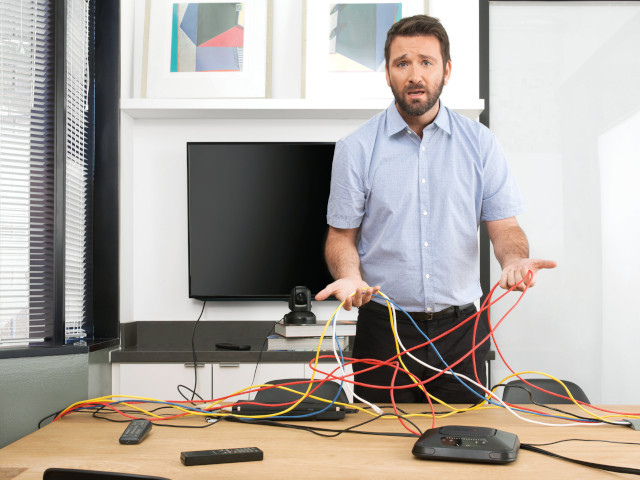The power of video conferencing in education in a time of uncertainty
By Industry Contributor 22 June 2021 | Categories: news
By Loubna Imenchal, Head of Logitech for Enterprise Business AMECA at Logitech Africa.
More than 1.5 billion children in 186 countries were affected by school closures during the COVID-19 pandemic. Although investment in educational technology showed signs of growth even before the pandemic, language apps, virtual tutoring, video conferencing tools, and online learning software experienced a significant surge in usage over the last year.
For South Africa, COVID-19 has been both disruptive and, in some ways, beneficial for the education system. It accelerated the transition to online learning and the adoption of collaborative technology in the classroom and homes. The advancements already made will help the country navigate the looming third wave, which once again threatens to disrupt the academic year.
If it is disrupted again, the country’s education system has the opportunity to use technology to ensure students face as little interruption as possible, that they don’t fall behind while learning from home, and that educators have the tools to create compelling and enjoyable online learning experiences.
Technology’s new purpose during the pandemic
The sudden shift to online learning during the pandemic has enhanced the online educational experience for learners and teachers, allowing them to familiarise themselves with the digital learning experience and put any apprehensions they may have had about the quality of online education to rest.
Online learning during the hard lockdown created opportunities for teachers, learners, and brands to collaborate using technology and find innovative solutions to help bridge the learning gap. Social media giant, TikTok, was transformed into an informal learning platform, where hundreds of experts and institutions produced short educational videos, which appeal to the micro-learning trend for learners.
In South Africa, teachers repurposed the popular WhatsApp messaging service, using it to create learning groups where they took pictures of book pages to send to parents or recorded video lessons using whiteboards made of paper pasted on a wall. Some teachers were also able to conduct one-on-one lessons with learners on platforms like Zoom.
In Ukraine, the pandemic inspired some fascinating role reversals when students created a bot to help teachers find answers to a range of video conferencing questions and adjust to remote learning on Microsoft Teams. The learners were able to help teachers embrace technology and understand the hybrid school concept better.
Over in Bulgaria, students used video conferencing technology to demonstrate that while most physical borders were still closed, online ones remained open. Over 120 students from 13 schools across 12 countries united in an international English lesson over Microsoft Teams. They used the channel to learn a foreign language, gain insightful knowledge about their neighbouring countries, and connect with new people, cultures, and traditions.
The role of technology in keeping learners connected during the pandemic is highlighted in Statistics South Africa’s (STATS SA) Social Impact of COVID-19 2020 survey, which shows that more than three-quarters of respondents (76%) used smartphones for home learning, while 61% used laptops to support home learning. Just over 51% of respondents said they received educational material from their schools on WhatsApp and email.
How video conferencing is ushering in the new chapter of education
The pandemic reminded the world that learning extends beyond the confines of the classroom and that there are countless opportunities for teachers and students to use technology to make learning fun. As a result, experts predict that the global e-learning market will grow at a compound annual growth rate (CAGR) of 14.6% from 2019 to 2026 – to become a 374.3-billion-dollar market.
The pandemic has shown that access to the right technology can lead to more effective online learning in several ways. Research shows that students, on average, retain 25-60% more material when learning online, compared to only 8-10% in the classroom. This is due to students’ ability to learn faster online. According to the findings, it takes a student 40-60% less time to learn something online than in a traditional classroom setting. That’s because they can learn at their own pace in an online environment, go back and re-read, skip, or accelerate through the material as they choose.
Video conferencing can bridge the learning gap during South Africa’s school closures or complement in-class learning by breaking barriers in exclusive in-class learning environments. Learners have greater flexibility, better-individualised learning opportunities, and can learn at their own pace.
Combining video conferencing technology, like Logitech’s cutting-edge solutions, with the endless possibilities of the internet allows children to collaborate with their peers across the country’s provinces and borders, engage in ground-breaking group projects and find creative ways to learn and navigate new environments – during a pandemic and beyond.
Most Read Articles

Have Your Say
What new tech or developments are you most anticipating this year?



